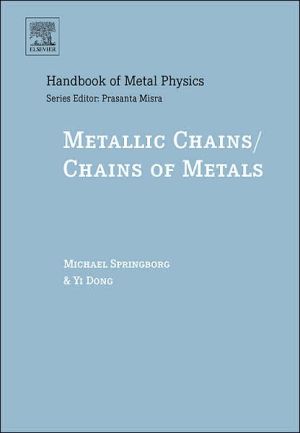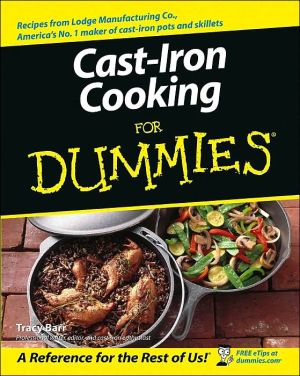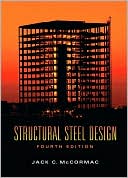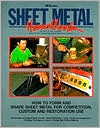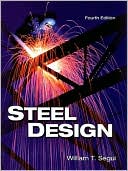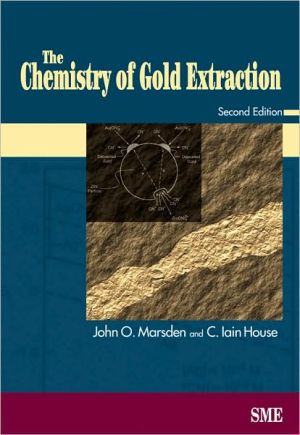Metallic Chains / Chains of Metals
The present book describes a large variety of different types of chain systems (nanowires), including shorter chains that are artificially produced for instance in break-junction experiments, chains synthesized as guests inside the channels of a host crystal, crystalline chain compounds, organic polymers (synthetic metals), and charge-transfer salts, thus covering an unusual wealth of systems. Both experimental and theoretical studies are discussed. Particular emphasis is put on illustrating...
Search in google:
Physics in one dimension is different from physics in three dimensions. However, our surrounding world is truly three-dimensional, and any experimentally realized system is at most quasi-one-dimensional. Moreover, in particular metal atoms have a tendency to form closed-packed structures with no directional chemical bonds. Nevertheless, metallic chains and chains of metals can be produced experimentally, synthesized, or even found in Nature.In this volume a large variety of such systems are being discussed, both from an experimental and from a theoretical point of view. The authors start with discussing some of the peculiarities that are expected in physics in one dimension. Subsequently, they discuss chains of various elements that are produced either in break-junction experiment or as deposited on surfaces. Nanowires of Au is discussed in great detail as a prototype of sd elements. Similarly, the authors discuss chains formed by Al or C atoms as examples of sp elements, and chains of Na as an example of s elements. Subsequently, more complex systems, including nanowires containing more types of atoms, chains as guests inside host crystals, and crystals that contain chains are being discussed. Following this, the authors turn their attention to organic systems that also possess metallic behaviours, most notably the so-called synthetic metals or conjugated polymers. Finally, organic charge-transfer salts are being discussed. For each system individually, the authors discuss the peculiarities of it as well as relate its properties to those of truly one-dimensional systems. The background of the authors (engineering, physics, and chemistry) allows them to present an unusually broad discussion of a very large class of systems that all somehow belong to the class of materials called metallic chains / chains of metals.The book presents an introduction to an exciting and currently intensively studied field. The reader is expected to have a background in chemistry, physics, or materials science, but not to be expert in nanowires.
Preface viiMetals and Chains? 1Single-Particle Properties 3A simple model 3Extending the simple model 6Transmission and complex band structures 11Conduction 14Conclusions 19References 19Many-Body Properties 21The electronic Schrodinger equation 21Hartree-Fock approaches 23Density-functional theory approaches 25Single-particle models 27Many-particle models 28The Hubbard and the extended Hubbard models for a chain 28The Luttinger liquid 31Conclusions 34References 35The Jellium Model 37Chains of jellium 38Conclusions 44References 44Gold Chains: The Prototype? 45The structure of a linear chain of Au atoms 45Conduction 48More complicated structures 52Chains containing other atoms 63Gold chains on surfaces - Luttinger liquids? 65Conclusions 76References 77Chains of other sd Elements 79Ag 79Cu 83Hg, Cd, and Zn 86Pt 87Pd and Ni 90Ir, Rh, and Co 91Ru 91Nb 92Zr and Ti 95Conclusions 95References 96Chains of sp Elements 97Al 97Ga, In, and Tl 103C 105Si, Ge, and Pb 119As and Bi 123S and Se 124Conclusions 124References 127Chains of s Elements 131Na 131Li, K, Rb, and Cs 137Conclusions 139References 139Mixed Systems 141Order, disorder, and quasi-periodicity 141Alloys and compounds 142Filled nanotubes 146Decorating chains 150Guest-host systems 151Conclusions 155References 155Crystalline Chain Compounds 159CaNiN 159SN 162MX[subscript 2] chains 164Metal trichalcogenides 167Metal tetrachalcogenides 171Metal oxides: spin-chain and spin-ladder compounds 173Incommensurate elemental crystals 181CH[subscript 3]BiI[subscript 2] 183Pt(CN)[subscript 4]-based chain materials 184Conclusions 185References 187Mixed-Valence MX Chain Compounds and Related Systems 191The MX chain compounds 191The MMX chain compounds 199Magnus' green salt 200Conclusions 201References 202Synthetic Metals: Conjugated Polymers 203The prototype: polyacetylene 204Other carbon-based conjugated polymers 214Incorporating heteroatoms 218Incorporating metal atoms 226Applications 227Conclusions 230References 231Charge-Transfer Salts 235General properties 236The TTF-TCNQ family 241The TMTSF[subscript 2]-X and ET[subscript 2]-X families 245The TTF-CA family 248Conclusions 250References 251Concluding Remarks 253Reference 255Subject Index 257
